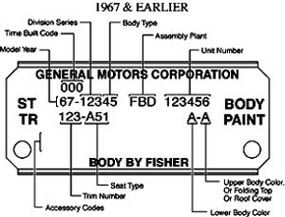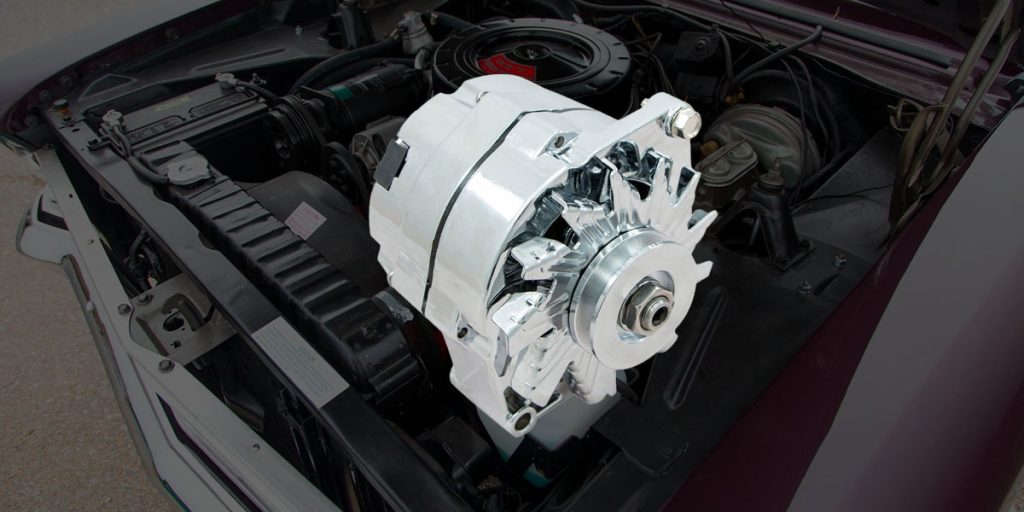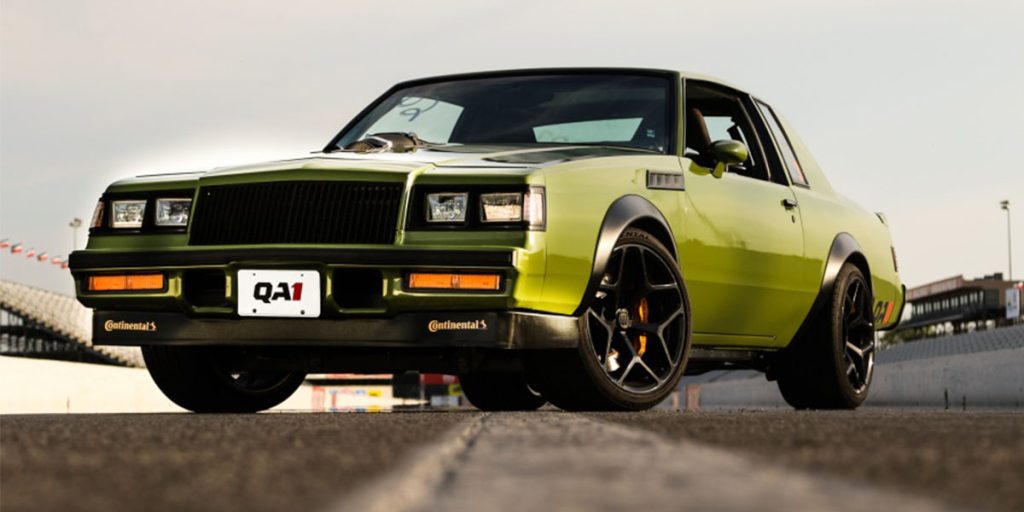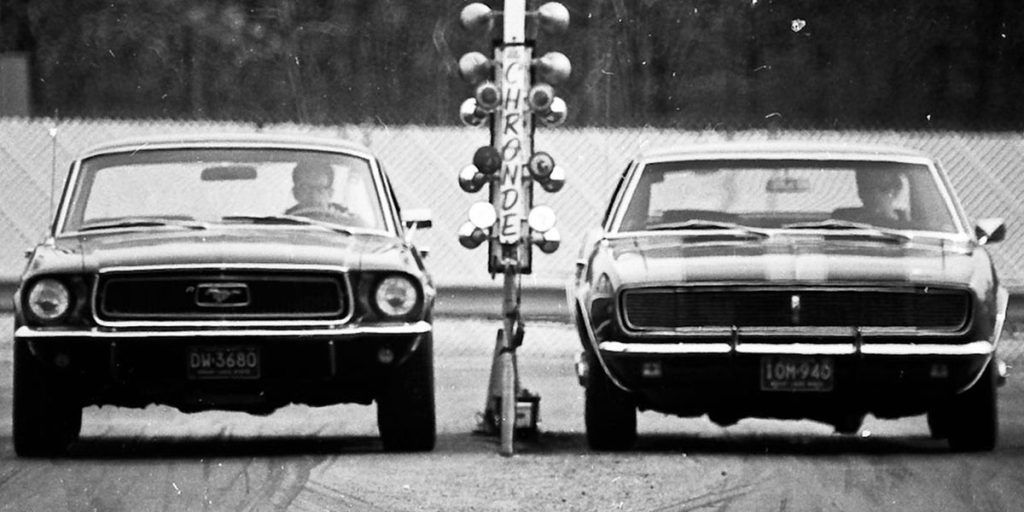Is your '67 Chevelle SS The Real Deal?
Enthusiasts love classic cars for all sorts of reasons such as the looks, performance, history, and nostalgia. But investment potential is a growing motivation for many. For models like the 1967 Chevelle SS396 L78, authenticity matters a lot. If you’re looking to verify an original 1967 L78 Chevelle SS396, here are 10 steps to help you figure it out.
To break down VIN numbers, production stats, or just about any factory data, we use ChevelleStuff.net — one of the most comprehensive Chevelle reference sites on the web.

1. VIN Tag
Start with the VIN plate on the doorjamb. It should have original star-shaped rivets, which can’t be reproduced. A valid SS396 hardtop will begin with “13817” followed by the model year, assembly plant, and a sequence number that should match other parts of the car.
2. Cowl Tag Codes
The trim tag on the firewall tells a detailed story. For example, “06D” shows the car was built in the fourth week of June, and “729-A” indicates a medium blue bench seat. The paint code “F-F” means it was Marina Blue top and bottom. Watch for letter and number combinations that align with factory records.
3. Engine Identification
4. Block Casting Number
Look for the “3902406” casting number on the rear of the block near the bellhousing. This “406” block is correct for 1967 and must have four-bolt mains to be the true L78 version, not the lower-output L35.
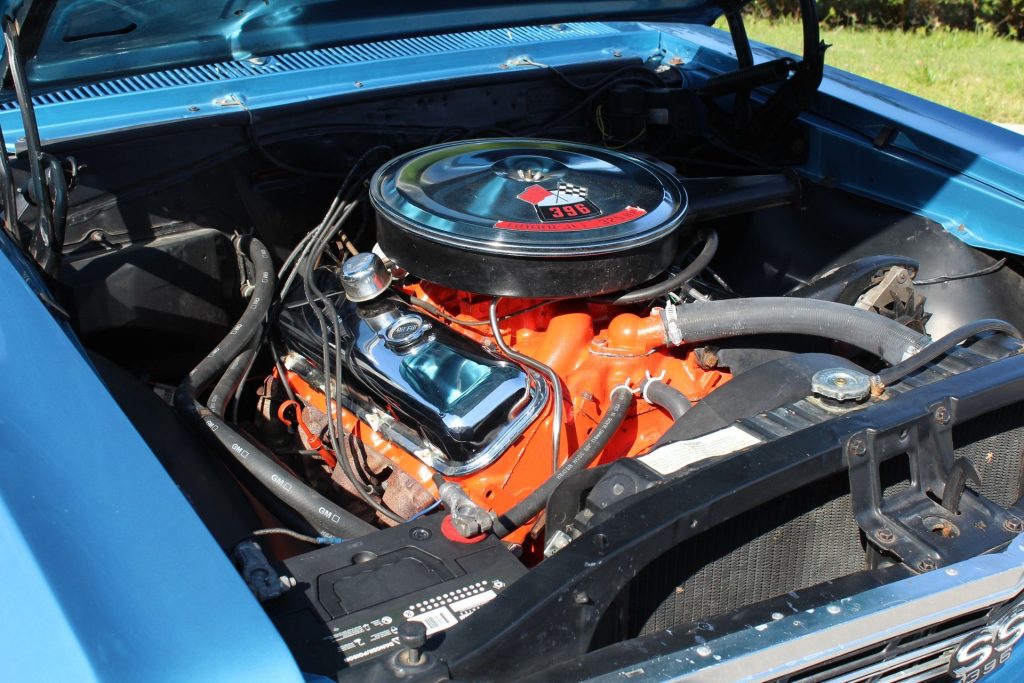
5. Carburetor Numbers
The Holley carb used on the L78 should show part number “3916143CT” with a list number “3910.” A date code like “753” indicates it was made in the third week of May 1967—just right for a June-built car.
6. Water Pump Pulley
One of the rarest components is the deep-groove pulley on the water pump. Look for the “3862774CW” stamping, unique to the L78 engine. With only 612 L78s built in 1967, finding an original pulley is a big clue.
7. Distributor Date Code
The correct distributor for this engine has the number “1111170” and a date like “7E26,” meaning it was made May 26, 1967. That fits the timeline for a drivetrain installed in June of the same year.
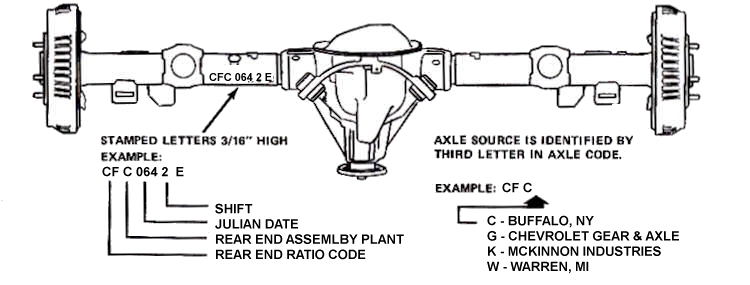
8. Rear Axle Markings
The rear axle housing will have a code like “KJ,” meaning it came with 3.55:1 gears and an open differential—unusual for such a powerful setup. A build date stamp, such as “0516,” should also match up with the rest of the car.
9. Muncie Transmission Stamp
The M21 four-speed close-ratio transmission has a stamp starting with “P” (for Muncie), followed by the year and date. For example, “7H08” indicates June 8, 1967, which is a perfect match for a car assembled later that same month.
10. Radiator Tag
The heavy-duty radiator used on L78 cars has a small tag stamped “VH.” This was standard for these high-performance models and easy to overlook if it’s missing. The radiator shroud may be aftermarket, but that tag is what matters.
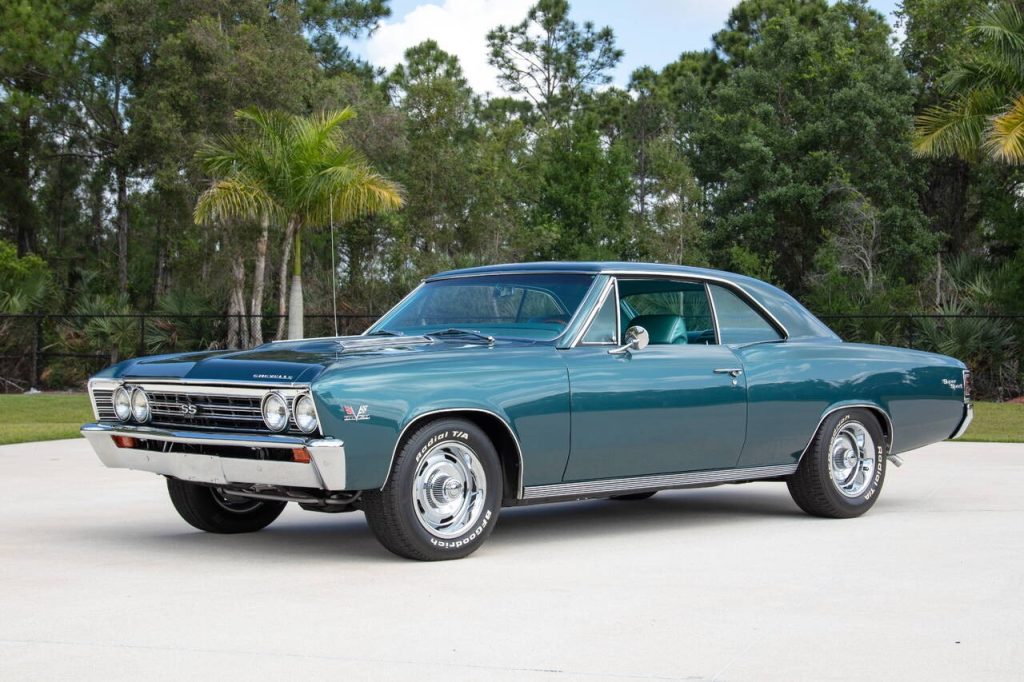
If you’re chasing the real deal, keep these signs in mind. They’re your best shot at confirming a genuine L78 car from one of the rarest Chevelle lineups ever produced.
Need help verifying parts or planning your build? Visit SS396.com or call (203) 235-1200 to talk to real Chevelle experts.

